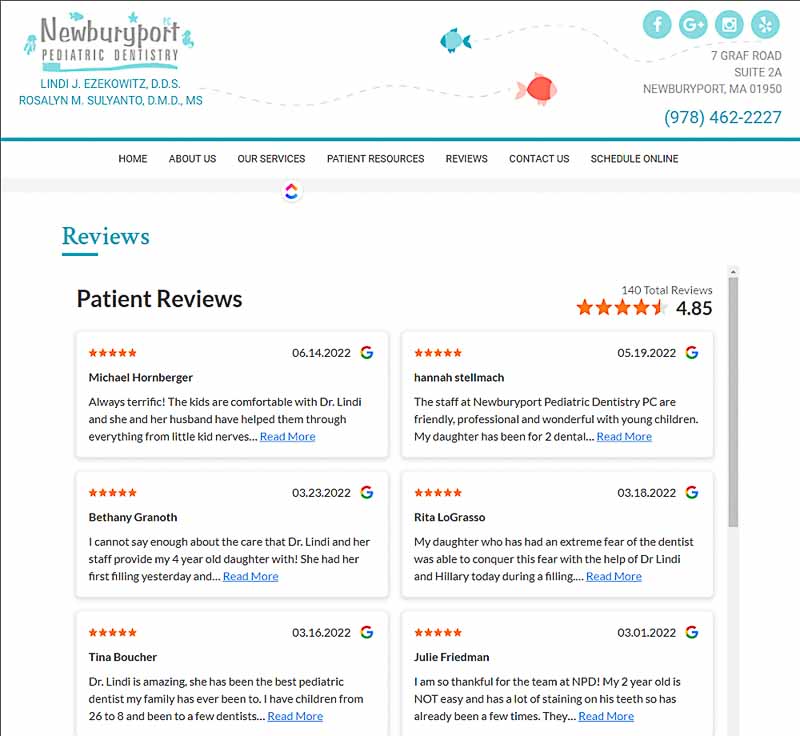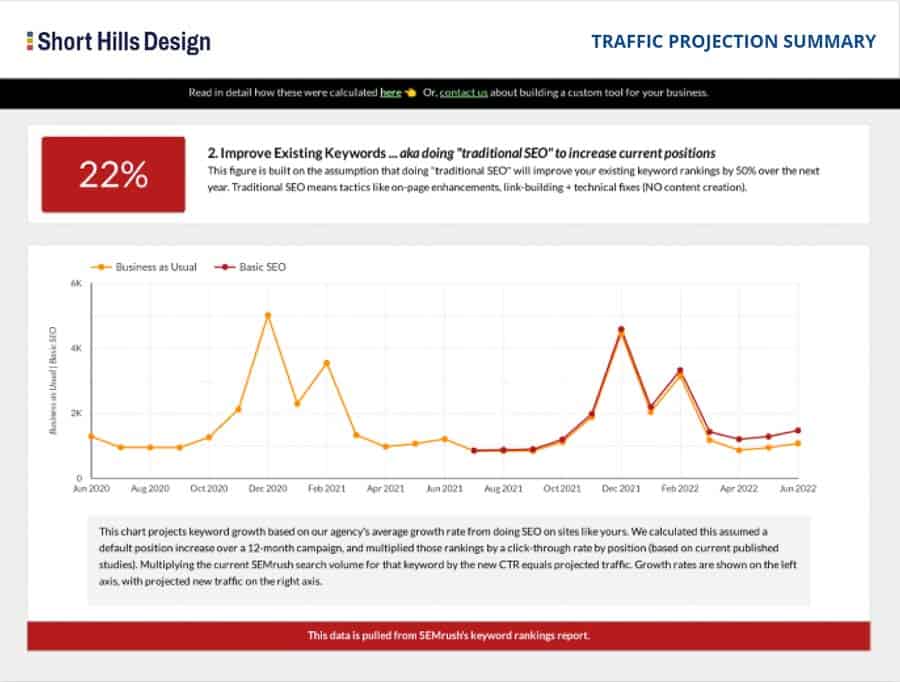
When we build websites for our clients, we often use WordPress widgets (also known as plugins), so it pays to take a minute to explain what a widget is, and what it does.
A website widget is a small program that is added to a website in order to add extra features such as a contact form or a list of reviews pulled from a Google My Business listing. You can think of a widget as a pre-cooked meal you'd get at the grocery store -- you can purchase a jar of sauce and a package of spaghetti, and then go home and boil water, cook the spaghetti, heat up the sauce, and then do all the dishes. Or, you can just heat up the meal from the grocery store at start eating.

In website parlance, a widget is simply reusable code that we can use so we don't have to re-invent the wheel for every time a client needs a website feature. For example, we use WordPress for our client websites, and while we could charge hundreds of dollars to write the code that is needed to add a contact form to the client's website, there's no reason to do so because there are dozens of fantastic widgets out there already that have this functionality (for our client websites we use Ninja Forms for our contact and appointment forms).
The reason we use widgets on dental and medical websites is because not every website needs the exact same functionality. And while almost every website needs a contact form, not every website needs a gallery of before and after photos or a live listing of their Facebook business page activity. If we were to add all of these features into every website we build, we'd be adding functionality that isn't needed, and adding extra code that may slow the site down. Thus, we build out a core website with all of the basics that everyone needs, and then add features with widgets as needed.

For example, a review widget is simply pre-written code that:
a) "talks" to Google My Business to pull in reviews
b) filters out only the 5-star reviews (if we want)
c) displays the reviews in a clean and esthetic manner on the website

The difference between a plugin and a widget is mostly academic. Generally speaking a widget is a smaller collection of code that does one thing well (e.g. displays reviews) whereas a plugin add significant functionality (e.g. displays an image gallery). Website visitors only see the end result - which is the functionality (they see a beautiful listing of reviews or a gallery of before and after images) and it doesn't matter how or what type of code was added in order to make this feature available.
There are some plugins that we like to use very frequently and we've created a Top 10 list of our favorites.

